The Greek flag, with its iconic blue and white hues, symbolizes the nation’s distinct character and enduring cultural influence. Its simple yet profound design mirrors Greece’s significant role in shaping global thought and democracy and encapsulates the country’s journey through time and its continued impact on the modern world.
Flag of Greece
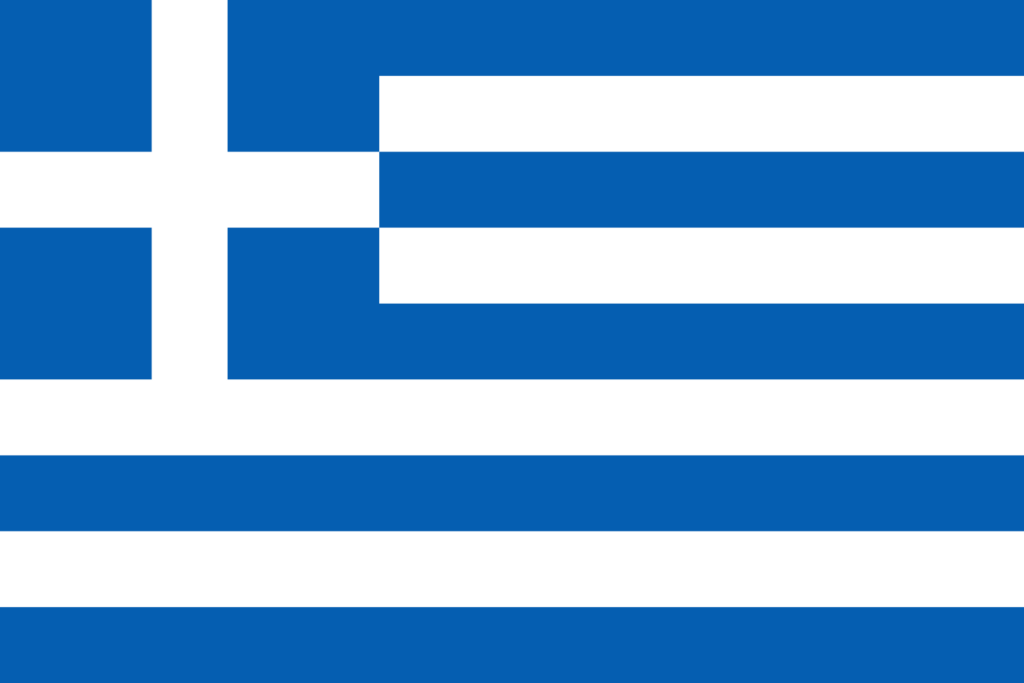
The Greek flag showcases nine horizontal stripes with a cross in the upper left corner. Its design symbolizes the nation’s religious heritage and historical struggles, encapsulating Greece’s enduring legacy. This simple yet profound emblem is a testament to Greece’s pivotal role in shaping its identity and the broader narrative of European history.
Flag of Greece: Color Palette
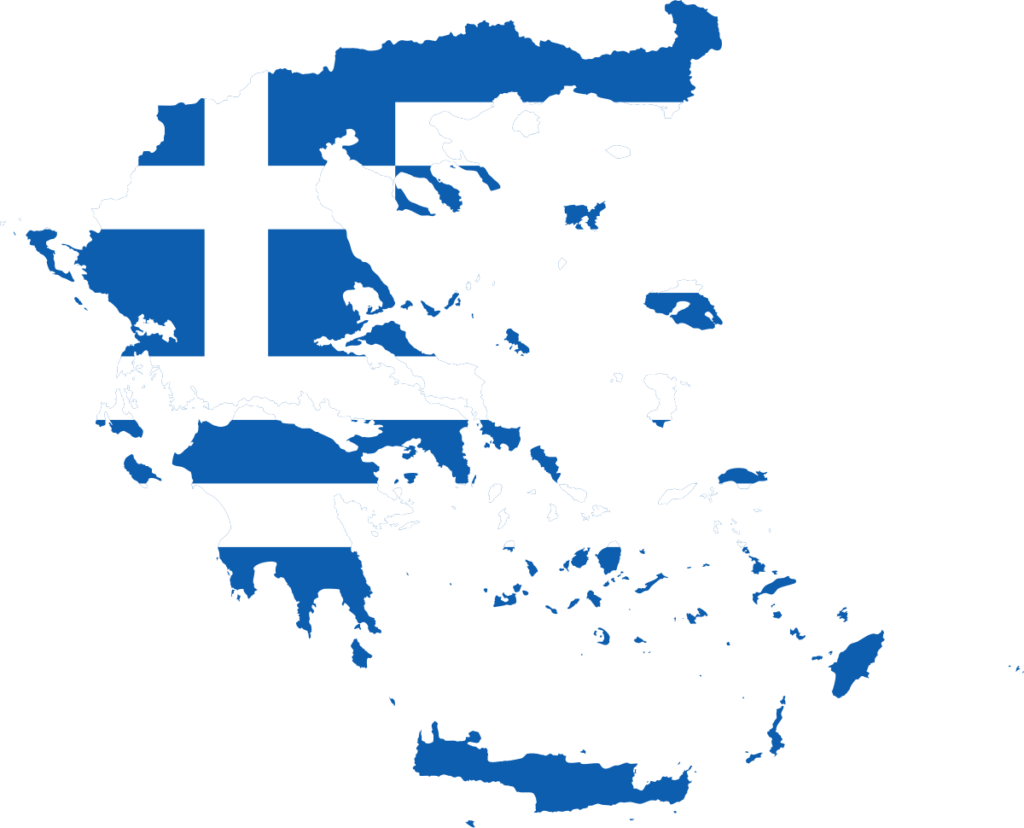
Greece Flag Emoji: 🇬🇷
The Greek flag’s color palette, consisting solely of blue and white, is a deliberate choice that holds profound significance. These colors are symbolic, chosen for their distinct representation in the Greek context.
Meaning of Each Color

Blue
The blue in Greece’s flag has several interpretations, each deeply rooted in the Greek’s identity and history. It is often seen as a symbol of freedom, reflecting the country’s long struggle for independence and its cherished democratic values.
Another common interpretation links the blue to the sea, a central element in Greece’s geography and history, and symbolizes the Aegean, Ionian, and Mediterranean Seas, vital to Greek culture, economy, and mythology.
White
The color white in the Greek flag is widely interpreted as a symbol of purity and hope. This aligns with the country’s aspirations for peace and a brighter future, following its long history of conflict and struggle for independence.
White also complements the blue to represent the Greek seas and skies, highlighting the country’s connection with nature and its geographical beauty.
Coat of arms of Greece

The Coat of Arms of Greece symbolizes the nation’s historical depth and cultural achievements. It features laurel branches, an ancient Greek symbol of honor and triumph, representing Greece’s heritage and significant contributions across various fields.
This emblem is a testament to the country’s philosophical, political, and artistic influence throughout history, embodying its journey from antiquity to modern times and its continual quest for progress and wisdom.
Historical Evolution and the Meaning Behind Changes
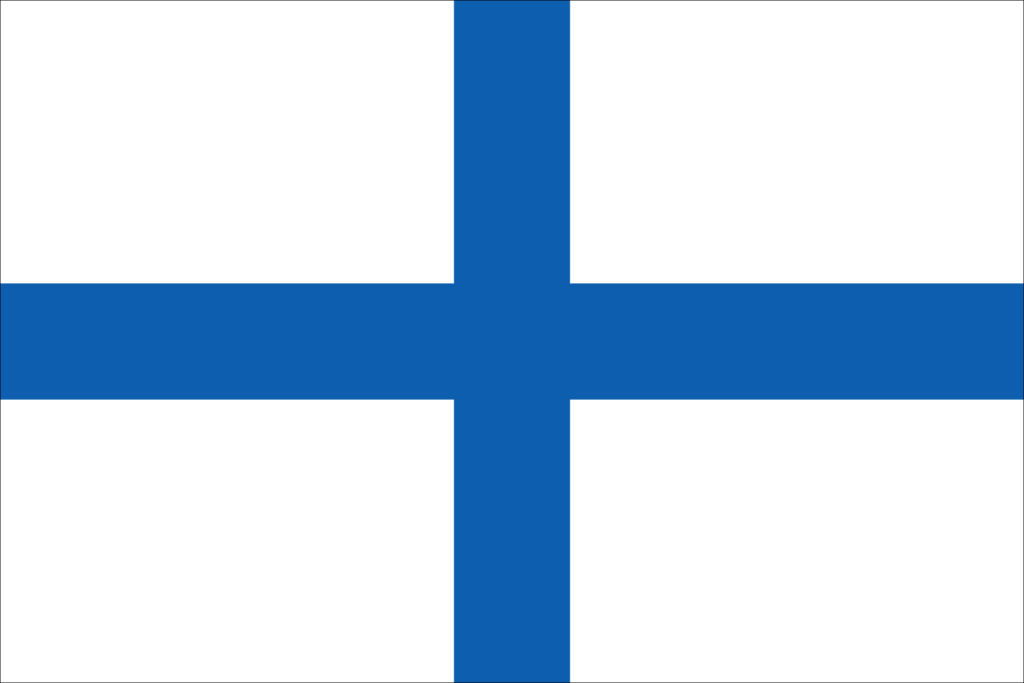
The Greek flag’s evolution mirrors the nation’s history and shifting identity. Initially, various flags were used, often featuring Christian symbols and Byzantine motifs. The concept of a standardized national flag emerged during the Greek War of Independence in the early 19th century.
In 1822, the design of nine alternating blue and white stripes with a white cross on a blue canton was described, laying the groundwork for the modern flag. Greece’s flag changed over the 19th and 20th centuries, especially in the shade of blue, reflecting political and social shifts.
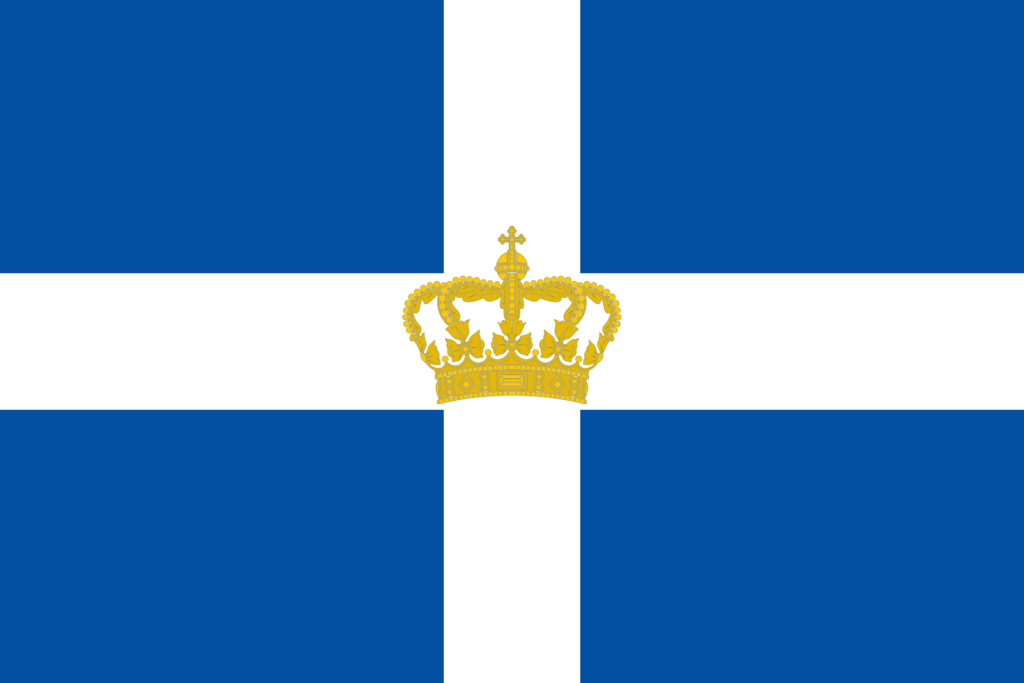
The current design, with its distinct stripes and canton, was officially adopted in 1978, symbolizing Greece’s enduring heritage. The flag has consistently reflected Greece’s historical and religious roots throughout its changes, while its evolving design signifies the nation’s dynamic and adaptive nature.
Overall Symbolic Meaning of the Flag

The Greek flag symbolizes the nation’s resilience and unity throughout history. Its design, merging tradition with progress, reflects a deep commitment to the nation’s historical roots and journey forward. This emblem captures the essence of the Greek spirit, harmonizing respect for its rich heritage with a vision for future aspirations.
Similar Flags to the Flag of Greece
Several national flags worldwide share similarities with Greece’s flag regarding color scheme, design, or symbolism. Here’s a look at some of these flags and the reasons behind their resemblances to the Greek flag.
Uruguay
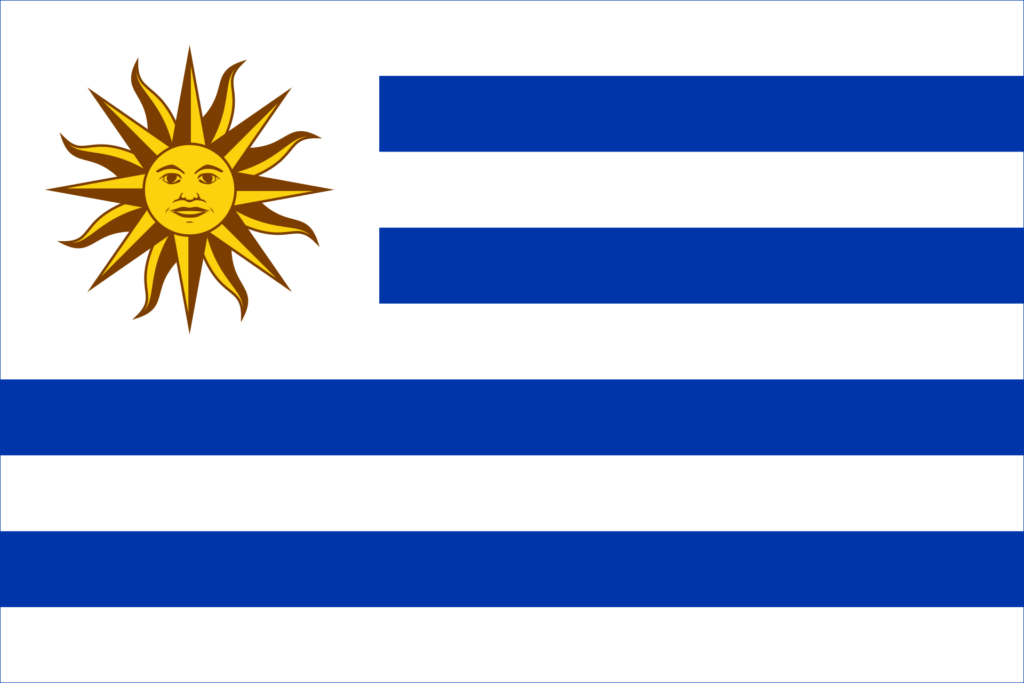
The flag of Uruguay, with nine alternating blue and white stripes and a sun symbol, resembles the Greek flag in its use of blue and white stripes. The number of stripes and the addition of the sun symbol give the Uruguayan flag a distinct meaning tied to its national history.
Finland
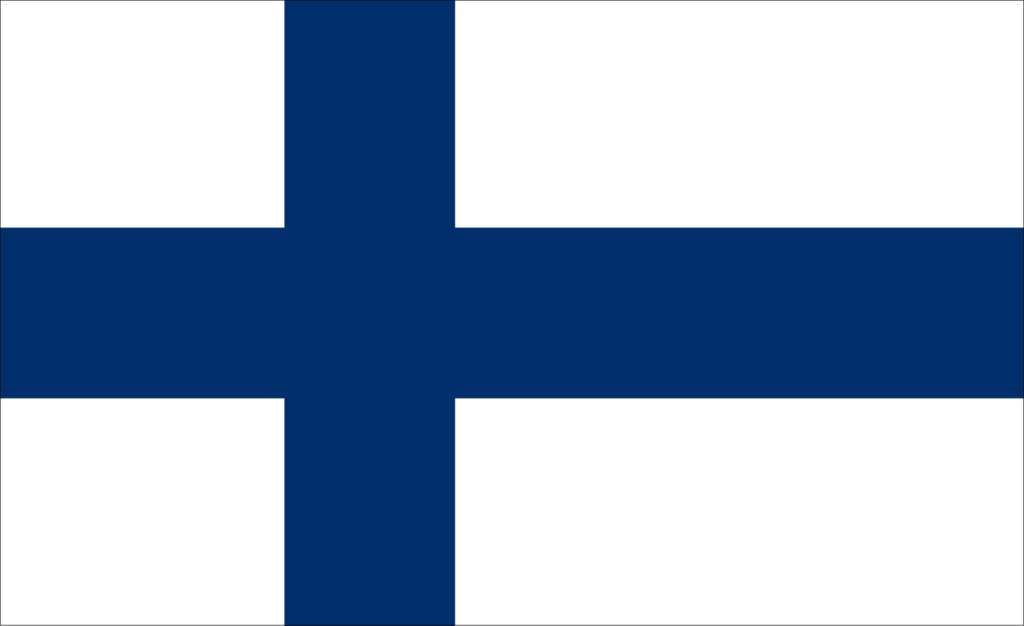
The flag of Finland, with its blue cross on a white background, shares the same color scheme as the Greek flag. This similarity is more a coincidence than a result of shared history, as the Finnish flag’s design is derived from the Scandinavian cross, representing the country’s geographic and cultural ties to the Nordic region.
Israel

The flag of Israel features a blue Star of David between two horizontal blue stripes on a white field. The blue and white colors are often associated with Jewish heritage and tradition, similar to how these colors in the Greek flag are tied to Greek heritage. This resemblance is coincidental, arising from each nation’s unique cultural symbolism.
Conclusion
With its distinct design and colors, the Greek flag embodies a rich narrative beyond its visual appeal, holding a significant place in Greece’s national identity and the global community of flags. It embodies a national pride and unity among Greek citizens, encapsulating their history and aspirations.
As a member of the diverse array of world flags, it stands out for its unique story and representation of Greece’s enduring legacy and future hopes.